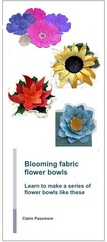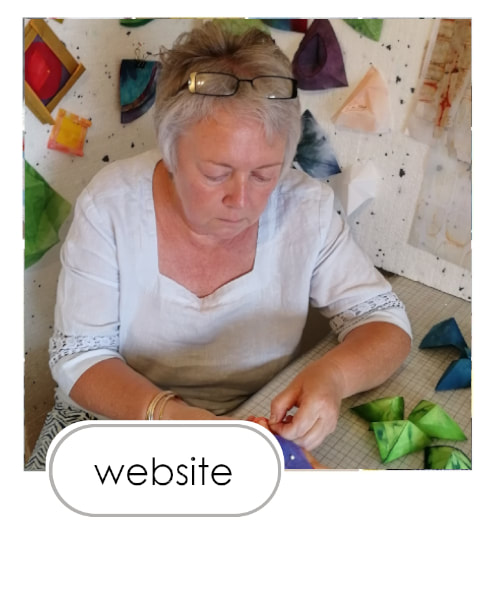|
Well now that summer seems to be well and truly over I decided it was time to get on with the flowers. I spent the week transforming my big heap of colourful fabric into a lovely collection of flowers and now have a house full!
I made some old favourites and added a new flower to the collection. I hope you like them!
Midsomer Quilting Saturday 31st October 2015
Midsomer Quilting Sunday 1st November 2015 Pauline's Patchwork Saturday 9th July 2016 Blackmore Vale Embroiderers Guild 5th November 2016 Thanks for reading!
|
|






